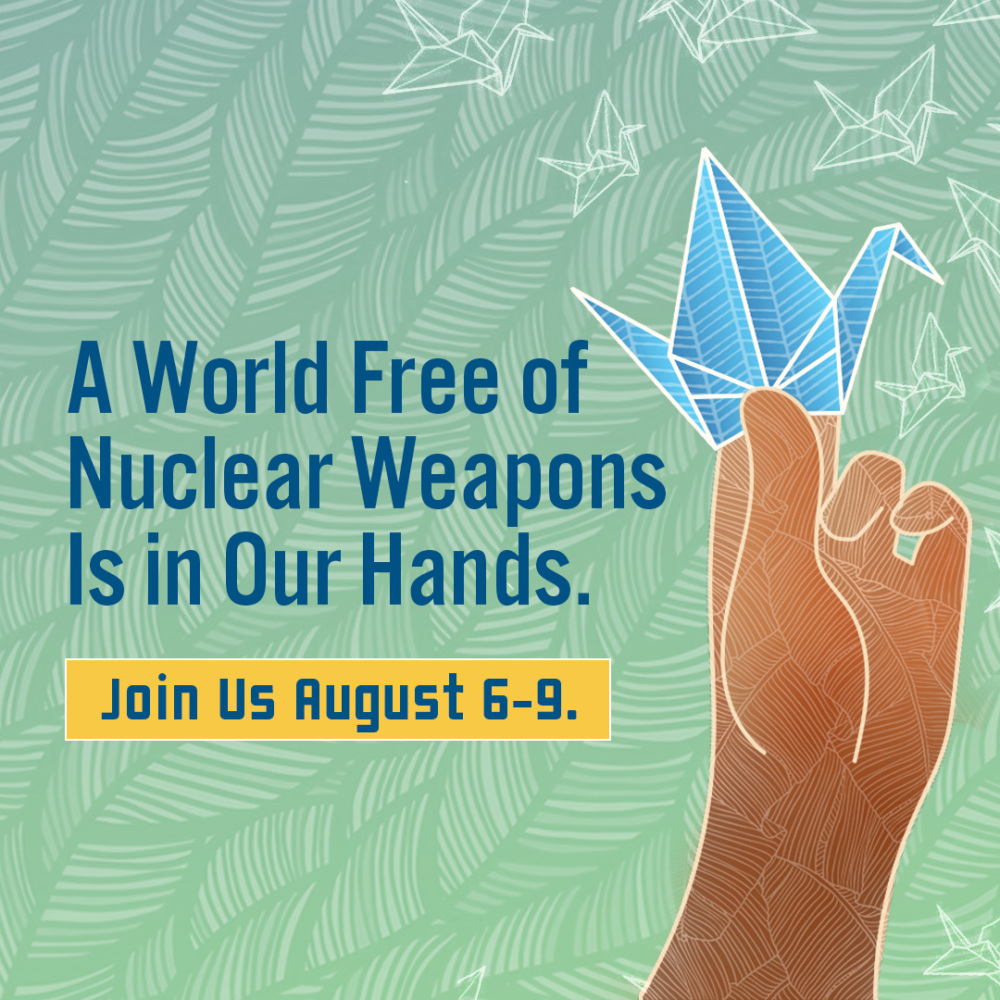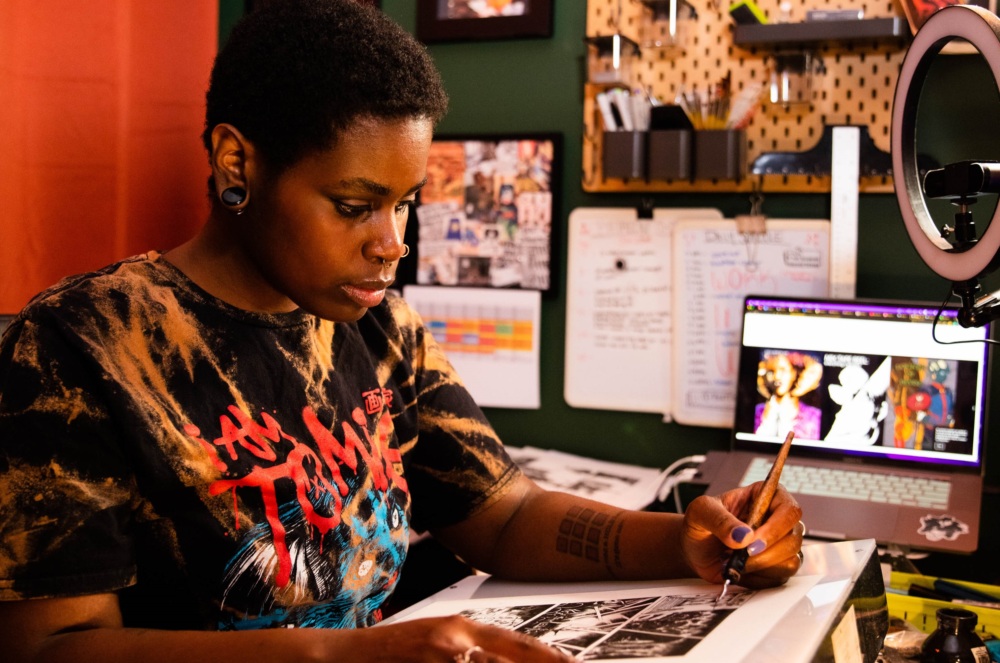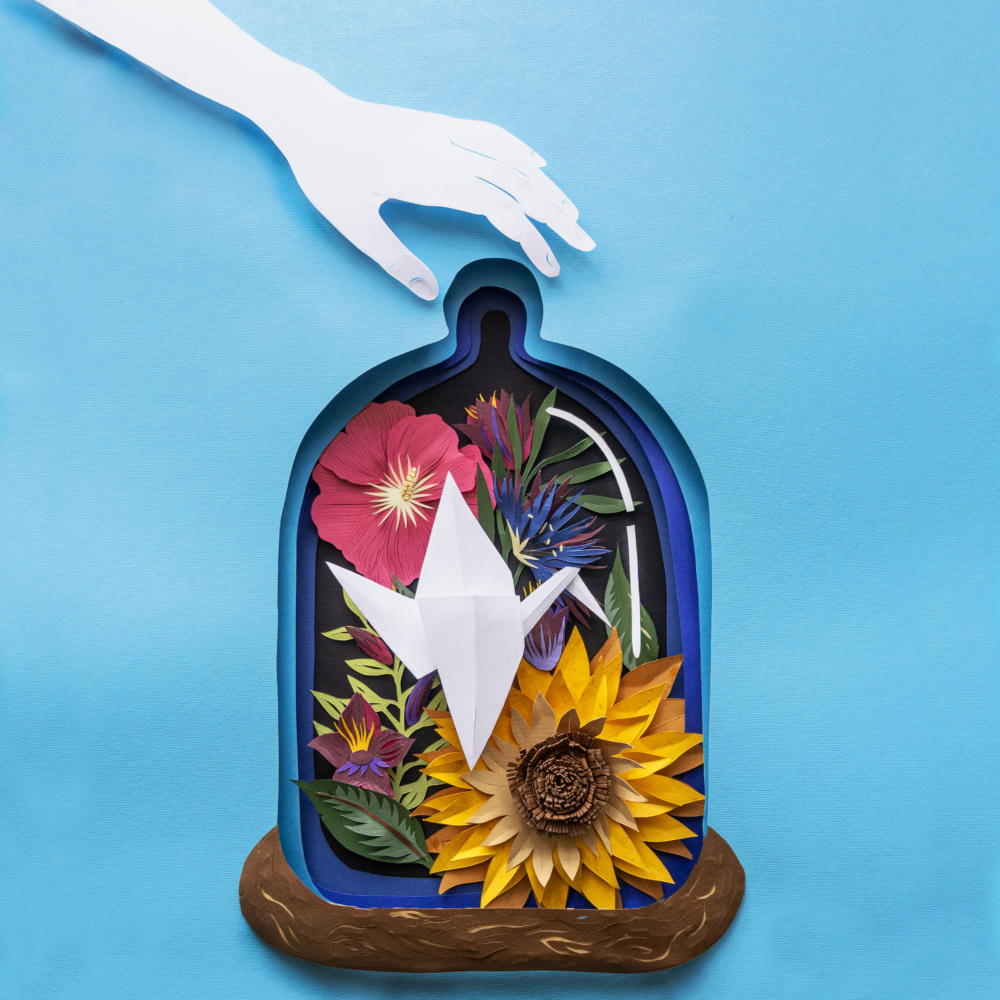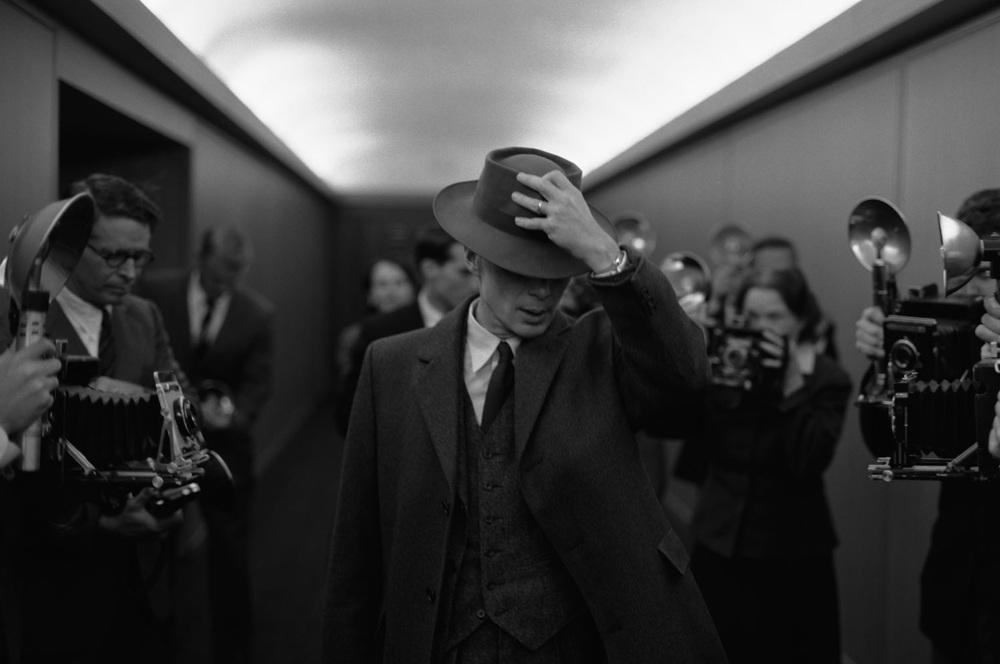
Atomic Pulse
The Cranes For Our Future Campaign: Delivering a Message of Hope

This blog post was written by NTI summer interns Angela Kellett and Maggie O’Brien. Kellett received her Bachelor of Science degree in Journalism and Master of Arts degree in International Relations, both from St. John’s University. O’Brien received her Bachelor of Arts degree in Political Science from Northeastern University and is working towards her Master of Arts degree in International Relations from the Johns Hopkins School of Advanced International Studies. Kellett is working for the Communication team at NTI, and O’Brien is working in support of the Communications team at NTI for the William J Perry Project.
August 6th, 1945
On August 6, 1945, when a 9,700-pound uranium bomb called “Little Boy” was dropped on his hometown of Hiroshima, Fumiaki Kajiya was six years old. “I remember seeing many, many people running away,” he recalls. “I was one of them. Along the side of the streets, there were many dead bodies. I was desperately trying to escape the fires of hell.”
Sadako Sasaki was just two years old at the time of the Hiroshima bombing. Like Fumiaki, she survived the initial blast, but she was among the many later diagnosed with Leukemia caused by radiation exposure.
Sadako lost her battle against cancer at the age of 12, but her legacy lives on. Following a centuries-old tradition in Japan, Sadako tried to fold 1,000 paper cranes in the hope that her wish to live would be granted. Her story has inspired others to make paper cranes and make a wish for a safer world.
#CranesForOurFuture Campaign
The Nuclear Threat Initiative is partnering with Nagasaki Prefecture, Hiroshima Prefecture, and the Hiroshima Organization for Global Peace (HOPe) on a #CranesForOurFuture campaign to spread a message of hope for a future without nuclear weapons. While the world hasn’t suffered a nuclear bombing in 76 years, the risk of nuclear disaster today is higher than it has been in years thanks to evolving and escalating risks posed by terrorists, cyber hackers, artificial intelligence, and a deteriorating arms-control architecture.
The campaign encourages a growing coalition of people and institutions across the globe to come together to create some much-needed hope by folding and sharing photos of paper peace cranes on social media on Peace Weekend, between the August 6 and August 9 anniversaries of the Hiroshima and Nagasaki atomic bombings.
Along with posting paper cranes on social media with the hashtag #CranesForOurFuture, supporters are asked to share a wish. It could be something for themselves or their community, or it could be a wish for a safer world.
Hope for a Better Tomorrow
As the world follows the Olympic Games now underway in Japan, folding cranes serves as a powerful reminder that despite the devastation unleashed 76 years ago, there is always reason for hope. In May of this year, the eyes of the world turned to Fumiaki Kajiya as he held high a torch as a symbol of hope to herald the summer games. Now, as the anniversaries of Hiroshima and Nagasaki approach, it is important to honor the legacies of all who died and suffered by working to build a safer world where nuclear weapons are never used again.
As put best by another Hiroshima survivor, Toshiko Tanaka: “May these paper cranes take flight to the world with our wishes on their peaceful wings.”
Join us! For more information about the #CranesForOurFuture campaign, visit the website. If you are interested in becoming a partner, the partnership form is at the bottom of the website.
Stay Informed
Sign up for our newsletter to get the latest on nuclear and biological threats.
More on Atomic Pulse

Art as Medium for Advocacy: Manga Artist Gigi Murakami on Her Mural for #CranesForOurFuture
Gigi Murakami is an American freelance illustrator and manga (comic) creator based in Brooklyn, New York. Her work blends Japanese manga art and vintage American comic and pulp aesthetics.

#CranesForOurFuture: Ukrainian Artist Eugenia Zoloto on Finding Hope during War
Eugenia Zoloto is a Ukrainian artist who specializes in paper cutting, collages, and illustrations, in addition to working with oil paints and mixed mediums. She lives in Kyiv with her husband and two children and is participating in the 2023 #CranesForOurFuture campaign by contributing a beautiful floral sculpture featuring an origami crane.

Oppenheimer and Advocacy: You’ve Seen the Film, Now What?
Considering the current nuclear landscape, the power of Christopher Nolan’s film and the moral and ethical questions raised by J. Robert Oppenheimer’s work, movie viewers may be motivated to act to advocate for a world without nuclear weapons. But how?
